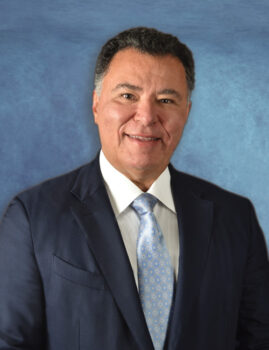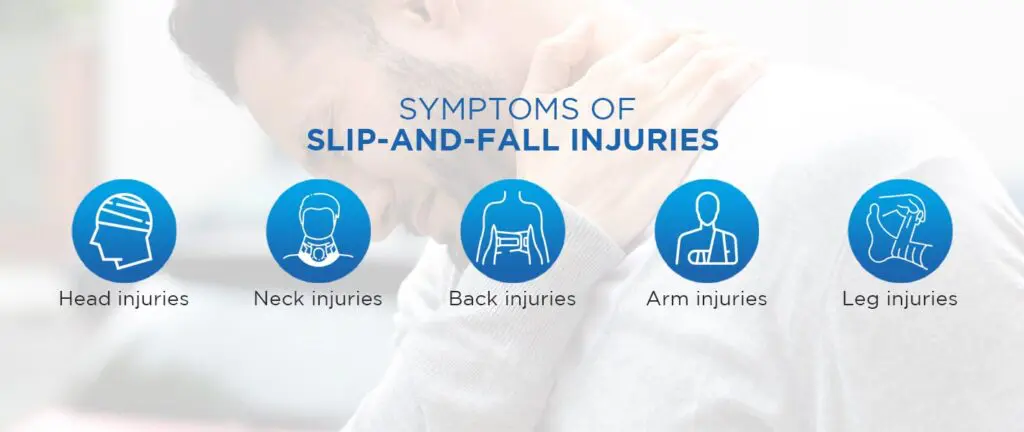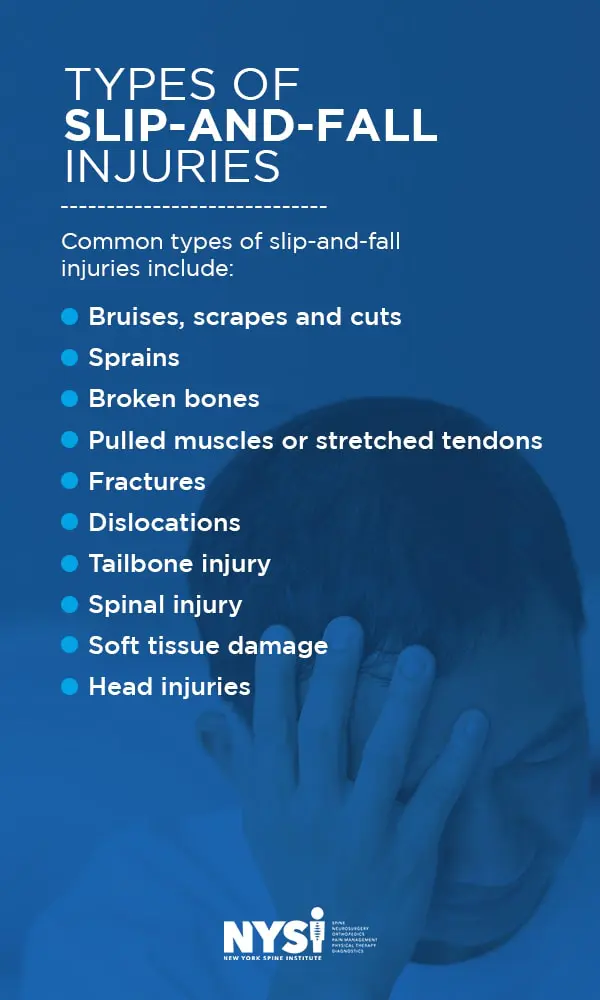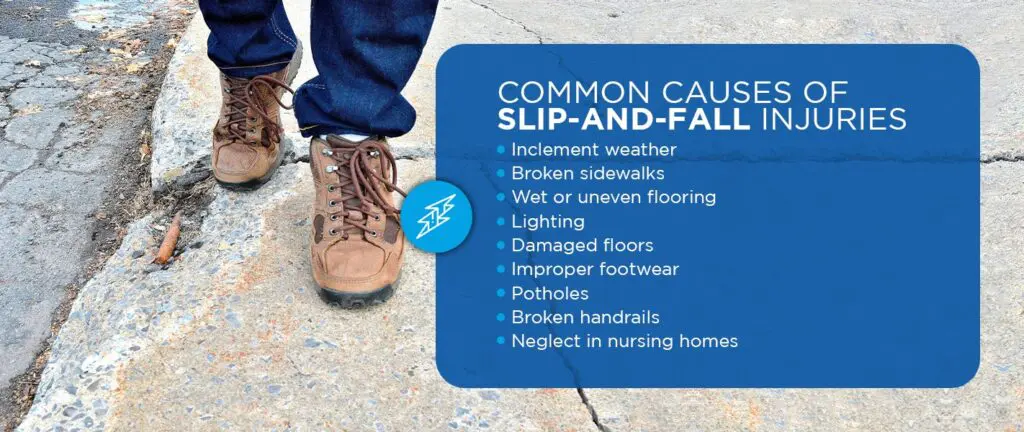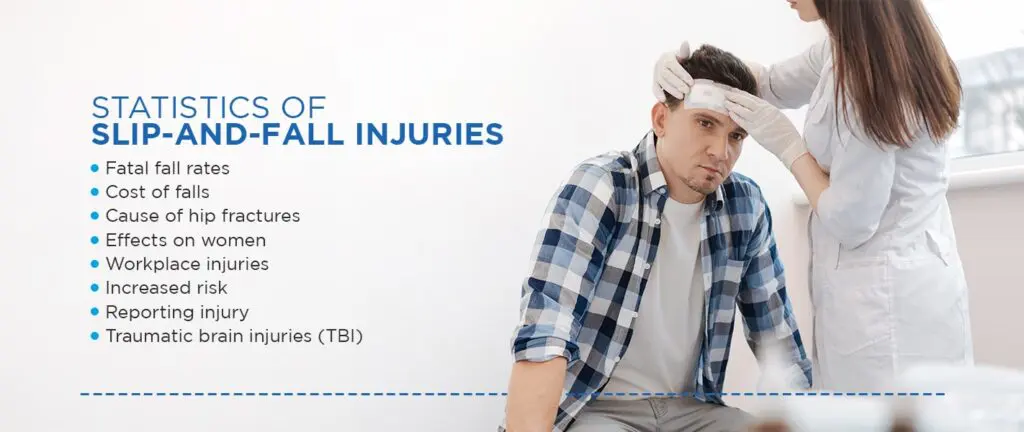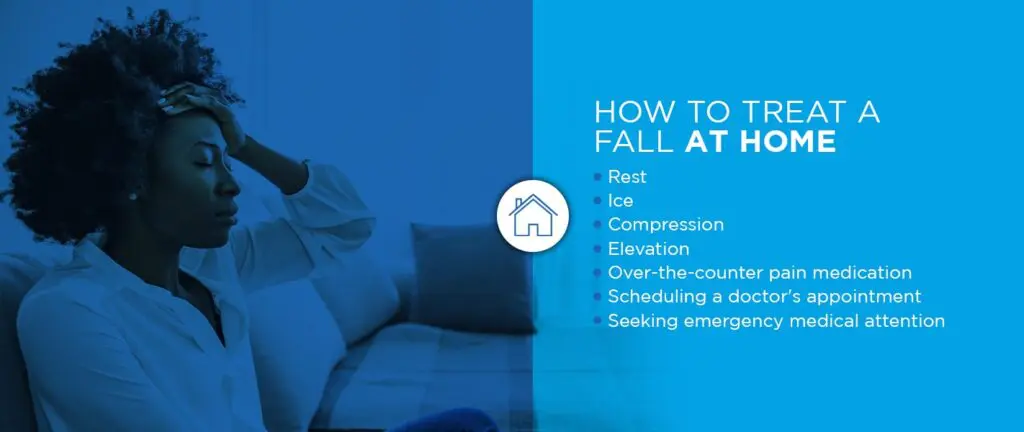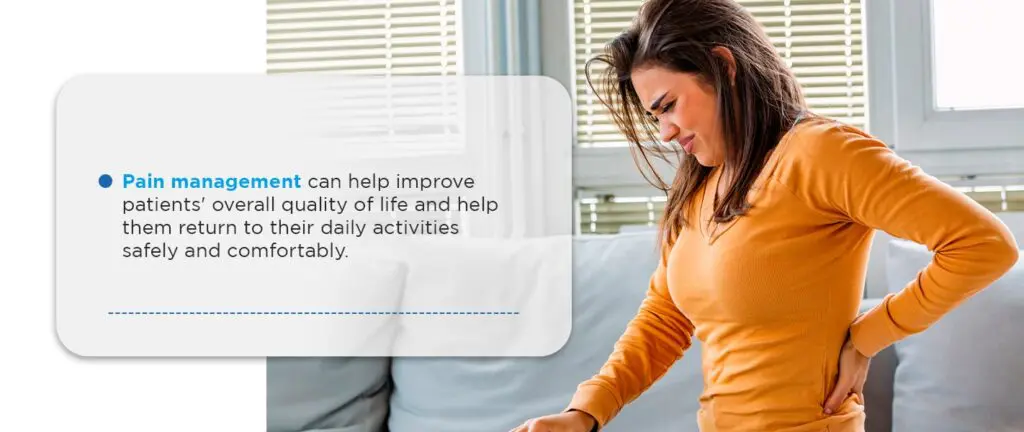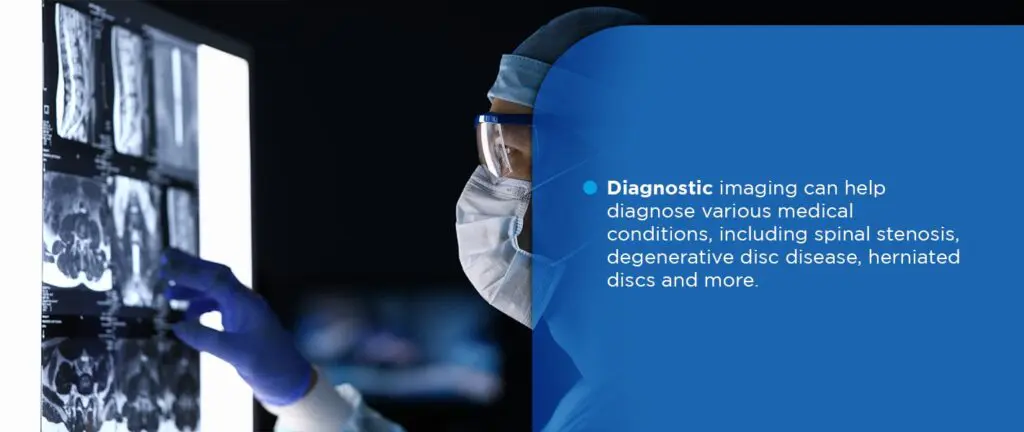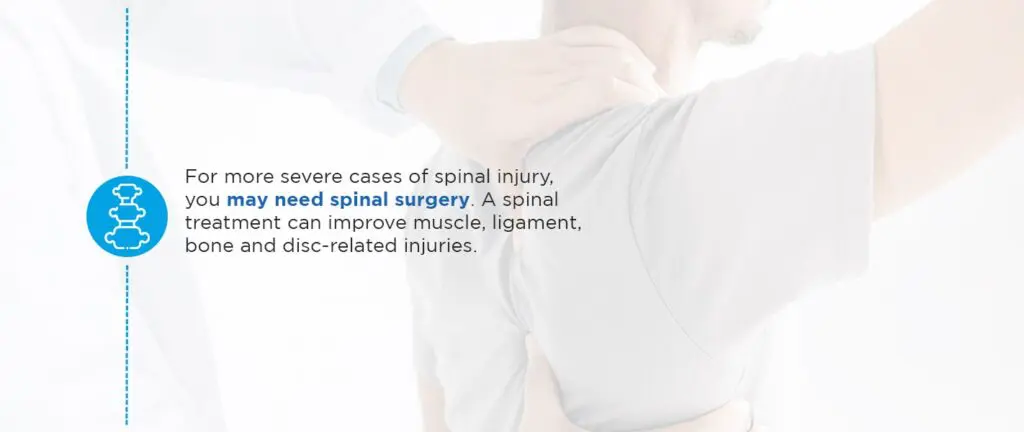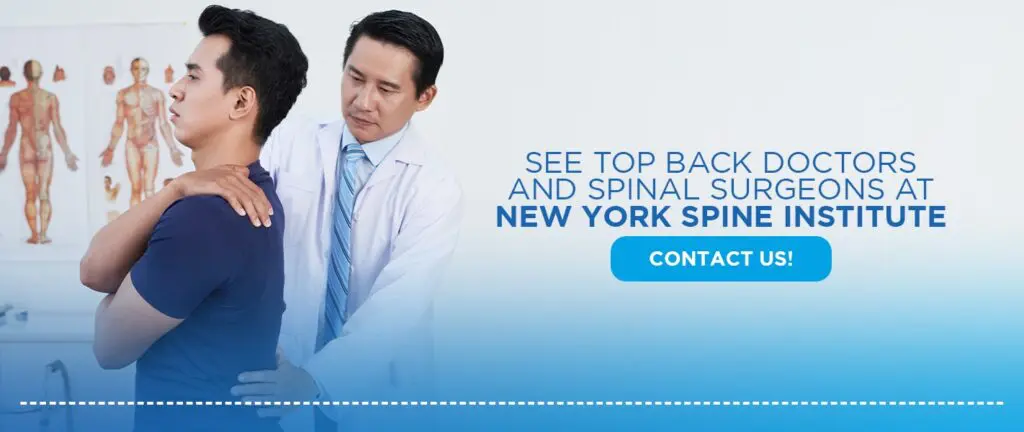Symptoms of Slip-and-Fall Injuries
Slip-and-fall injuries can cause various symptoms to develop. While some symptoms may occur immediately, some patients experience delayed pain after falling and symptoms that develop within the days after the accident. It is essential to know the symptoms to look for after a fall and seek immediate medical attention if you are experiencing severe symptoms. Gauging your symptoms can also help you decide when you should go to the emergency room after a fall.
The symptoms you experience after a slip-and-fall accident will depend on the area of the body that experiences the injury. Different symptoms will occur for different areas of the body, including the head, neck, back, arms and legs. Dr. Timothy Roberts can help detect potential symptoms of a slip-and-fall injury, including:
- Head injuries: Head injuries after a slip or fall may cause headaches. These headaches may form suddenly and be intense. Some people may also feel dizziness and nausea as a result of a slip-and-fall injury to the head. Feeling unenergized is also a potential sign of a concussion or head injury.
- Neck injuries: If you have experienced a neck injury from a slip and fall, a common symptom is a sensation of numbness or tingling in the arms or hands. Numbness may be a sign of whiplash. You may also experience pain or soreness in the neck as well as neck spasms. Finally, pain in the shoulder or neck is also a common symptom of neck injury.
- Back injuries: Back injuries often cause arm or back pain and numbness or weakness in the arms or legs. These symptoms may be signs of a herniated disc. Sudden impacts and stress on the back can damage the vertebrae and intervertebral discs that cushion the spine. Muscle weakness and a loss of sensation in the arms and legs can also be signs of a back injury.
- Arm injuries: Common arm injuries from a slip and fall include wrist injuries, such as a sprain or fracture. Other common arm injuries include damage to the elbows or the shoulders, including fractures or broken bones.
- Leg injuries: Common leg injuries from a slip or fall include fractures or sprains of the knees or ankles. Additionally, pulled muscles or tendons are also signs of a leg injury.
Learn More About Slip and Fall Injuries and Treatment
Types of Slip-and-Fall Injuries
There are many types of slip-and-fall injuries, each creating unique symptoms. The type of injury you may experience after a fall will depend on the severity of your fall and the part of the body that takes most of the stress or damage. Typically, injuries to the arms and head are common after a fall, but a slip can cause many different injury types and affect all areas of the body. Common types of slip-and-fall injuries include:
- Bruises, scrapes and cuts: A common side effect of a fall accident are bruises, scrapes and cuts. While some bruises and cuts may be minor, some can be more severe and require medical attention. After a fall, it is not uncommon for bruises to develop on the legs or arms. We recommended seeking medical care to assess your symptoms.
- Sprains: Another common side effect of fall accidents are sprains, typically of the ankles or wrists. When we fall, our first instinct is to extend our arms to cushion our fall. The impact of the fall causes strain on the wrists, which can lead to a sprain. In more severe falls, the wrists or ankles may even break depending on the level of impact.
- Broken bones: After a slip and fall, you may need to seek medical attention, especially if you believe that you have broken bones. Prompt medical help can help diagnose a broken bone and provide adequate medical treatment. Even if you are able to move a joint, there may still be a break.
- Pulled muscles or stretched tendons: During a slip or fall, the body’s muscles tense to protect the body and prepare for impact. Additionally, as people fall, they may twist, stretch or contort their bodies in an unnatural way to try to break the fall. This tension or irregular movement can cause a muscle or tendon to pull or stretch.
- Fractures: A bone fracture occurs when the continuity of a bone is broken. The majority of fractures occur due to external force or stress, such as that of a slip or fall. You may experience a fracture of the wrists, arms or even the collarbone.
- Dislocations: A dislocation is also a common injury that results from a slip or fall. A dislocation is a joint injury where the ends of your bones force themselves out of their normal resting position, causing a temporary but immobilizing irregularity of the joint. With a slip-and-fall accident, shoulder dislocations are very common.
- Tailbone injury: Depending on the angle of your body when you slip and fall, you may land on your tailbone. If you fall with enough force, you can bruise your tailbone. More severe falls can even fracture or break your tailbone. A tailbone injury can negatively impact your ability to sit or stand comfortably.
- Spinal injury: In severe accidents, the spinal cord can become damaged. When you fall on your back, your spine takes the majority of the impact. Spinal injuries include a slipped disc, nerve damage, chipped vertebra or even permanent damage to the spinal cord. Spinal cord injuries can even result in partial or complete paralysis, depending on their severity.
- Soft tissue damage: Soft tissue damage can be a painful injury that is typically not visible to the naked eye. If your body is sore after a fall, it may be the result of soft tissue damage. In some cases, soft tissue damage symptoms do not become apparent for days or even weeks after a slip and fall. If left untreated, soft tissue damage can lead to chronic pain and overuse injuries.
- Head injuries: If you cannot cushion your fall with your arms, you may hit your head. Most head injuries start out feeling like a mild headache, and a traumatic brain injury may not appear for the first day or two after an accident. Traumatic brain injury symptoms include sudden and painful headaches, nausea, loss of balance and dizziness.
Common Causes of Slip-and-Fall Injuries
There are many potential causes of a slip-and-fall accident. Fortunately, many slip-and-fall accidents are avoidable with proper care and attention. Many patients may require medical advice after a fall to ensure that they did not sustain serious injuries. Some of the most common causes of slip-and-fall injuries include:
- Inclement weather: Each year, three million older people receive treatment in emergency departments for fall injuries. Inclement weather can cause sidewalks to become slick with rain or frozen from snow and ice. Wet or frozen sidewalks can be incredibly dangerous, especially if there is a crack in the sidewalk or uneven pavement.
- Broken sidewalks: If a sidewalk is broken, there is a higher risk that someone may experience a slip or fall accident. Chips, cracks or missing sections of a sidewalk make the surface uneven and increase the risk of an accident. Many accidents may occur due to poorly maintained sidewalks.
- Wet or uneven flooring: Wet or uneven flooring is a leading cause of slip-and-fall accidents. Excess moisture or damp surfaces can become slick and lead to an accident. Additionally, worn down carpeting, loose floorboards, poorly constructed flooring and loose rugs or mats can also lead to slips and falls.
- Lighting: A poorly lit space can be a potential hazard, as it can be difficult for passersby to navigate. Poor lighting is particularly a concern for apartment complexes that do not regularly change lightbulbs in communal hallways or stairwells. Adequate lighting is key to ensuring safe navigation.
- Damaged floors: Damaged floors can also lead to a slip-and-fall accident. Areas that are unorganized or have debris or excess items on the floor may also increase the risk of a potential slip-and-fall accident. Typically, debris or cluttered spaces develop at construction sites.
- Improper footwear: Proper footwear is essential not only for maintaining foot health, but also for preventing a slip-and-fall accident. Inadequate footwear, such as flip flops, may increase your risk of slipping, especially in the case of inclement weather.
- Potholes: Parking lots or roads without proper maintenance may develop potholes or uneven pavement. Potholes and cracks in asphalt can be dangerous and increase the risk of tripping or falling.
- Broken handrails: Poorly constructed ramps, stairs or handrails can lead to accidents. If someone places weight or holds on to a broken or loose handrail, they are likely to fall and injury themself.
- Neglect in nursing homes: Unfortunately, many slip-and-fall accidents occur in patients 65 years or older. Nursing home neglect and improper care can increase the risk of elderly adults experiencing a slip or fall accident. The majority of nursing home patients are already susceptible to broken bones, fractures and other injuries related to a slip and fall. Without proper guidance and care, nursing home patients may fall and injure themselves.
Statistics of Slip-and-Fall Injuries
Slip-and-fall accidents are one of the most common causes of injury, with over 800,000 patients hospitalized a year due to fall injuries. Understanding common statistics of slip-and-fall accidents can help you lower your risk of injury. While insurance companies may cover some expenses from a fall accident, it is always best to stay educated and prevent a fall from occurring in the first place. Consider these slip-and-fall injury statistics:
- Fatal fall rates: Each year, there are approximately 684,000 fatal falls. Preventing falls from occurring can help lower this rate of fatality.
- Cost of falls: On average, $50 billion goes towards medical expenses related to non-fatal falls each year. $754 million annually goes towards medical expenses for fatal falls.
- Cause of hip fractures: More than 95% of hip fractures are the result of a fall, specifically falling sideways.
- Effects on women: Women experience slip-and-fall accidents more than men and account for three-quarters of all hip fractures.
- Workplace injuries: Slips, trips and falls are the second most common cause of fatal work-related injuries and the third most common type of non-fatal injury.
- Increased risk: Older individuals are not able to control their slips, leading to more falls. Without the ability to properly control their falls, older individuals are at a higher risk of injury from a slip.
- Reporting injury: More than 25% of adults fall each year, with fewer than half reporting their injury to a doctor.
- Traumatic brain injuries (TBI): Fall accidents account for nearly half of TBI-related hospitalizations.
How to Treat a Fall at Home
Understanding what you should look for after a fall is the first step to treating a fall at home. If you know the signs of a serious injury, that knowledge can help you determine if you need medical attention. You will also want to pay attention to how long you are sore after a fall, which can help indicate the severity of a potential injury. Some patients may even experience delayed soreness after a fall.
- Rest: One of the most important aspects of recovering from a slip, trip or fall is to allow your body ample time to rest. As you rest, your body can focus on healing injuries and recovering. While many patients may feel generalized pain, it is not uncommon for pain to affect a specific side of the body. For example, some patients may experience pain on the right side after a fall. To allow for this side of the body to heal, getting adequate sleep and rest is key.
- Ice: Icing an injury can help reduce inflammation and swelling while also limiting muscle spasms. A cold compress or ice is the typical treatment after a fall or injury. A cold compress can help to relax a strained muscle and numb the area to reduce pain. Ice can constrict the blood vessels and decrease the circulation to the area, helping alleviate pain and swelling.
- Compression: A compression wrap can help reduce pain and alleviate swelling at the injury site. While compression can be beneficial, you will not want to wrap it so tightly that it is uncomfortable. Too tight of a compression wrap can actually cause swelling and pain to occur.
- Elevation: Elevating an injury can allow gravity to help reducing inflammation by letting fluid and blood circulate away from the injury. Raising an injured part of the body above heart level is generally recommended.
- Over-the-counter pain medication: To improve painful symptoms or discomfort, you can take over-the-counter pain medication. In more severe cases of an injury, a physician may recommend prescription pain medication to help manage symptoms. With any pain medication, it is important to follow the instructions closely.
- Scheduling a doctor’s appointment: If symptoms persist or worsen, you may want to consider scheduling a doctor’s appointment. Dr. Roberts can help assess your symptoms and diagnose any injuries. Dr. Roberts can also prescribe any necessary medicines that you may need.
- Seeking emergency medical attention: Some injuries may require emergency medical attention, depending on their severity. If you experience high levels of pain or think you may have signs of an infection, you should seek medical attention promptly. In true emergencies, you should visit your nearest emergency center to receive care.
Why You Should Seek a Slip-and-Fall Specialist
After a slip-and-fall accident, you may want to contact a fall attorney who can work with your insurance company to receive potential compensation. Additionally, you may also want to contact a slip-and-fall medical specialist like Dr. Roberts to ensure you receive the best treatment after a fall. Numerous orthopedic services can help improve symptoms from a slip-and-fall accident.
Dr. Roberts, an orthopedic spine specialist, can help detect, assess and diagnose injuries and potential complications from a slip or fall. While many injuries may be apparent or cause symptoms to develop, some injuries or trauma are not easy to detect. Gone unnoticed, an injury can worsen or heal improperly. One of the main benefits of seeing a medical specialist after a fall is to ensure that all injuries are detected and healing properly.
- Pain management: Pain management is a useful tool to help minimize uncomfortable symptoms. Comprehensive care includes innovative, nonsurgical treatments for the least invasive procedure possible. Pain management can help improve patients’ overall quality of life and help them return to their daily activities safely and comfortably.
Learn More About Managing Pain
- Physical therapy: Physical therapy is an essential aspect of recovering from an injury after a slip, trip or fall. Recovering from an accident can cause the surrounding muscles and tissues to weaken, especially if they are not used frequently during the recovery process. Physical therapy can stimulate weak muscles and joints and help strengthen them to support your recovery journey. Physical therapy can also help improve symptoms of chronic pain that stem from a previous accident or injury.
Learn More About Physical Therapy
- Diagnostics: Diagnostic imaging can help diagnose various medical conditions, including spinal stenosis, degenerative disc disease, herniated discs and more. Some of the most common imaging services include radiography, digital fluoroscopy, ultrasound, magnetic resonance imaging (MRI) and electromyography (EMG).
Learn More About Diagnostic Imaging
- Orthopedics: Orthopedic treatments can help improve various trauma or injuries you may sustain during a slip or fall. Common orthopedic conditions include elbow pain, fractures, knee pain, ligament injuries, shoulder pain and soft tissue injuries. Depending on the severity of your condition, you may require orthopedic surgery to correct the trauma and promote proper healing.
- Spinal treatments: Many people may experience an injury of the spine or back during a slip or fall. Fortunately, many noninvasive and nonsurgical spinal treatments can help improve various symptoms. For more severe cases of spinal injury, you may need spinal surgery. A spinal treatment can improve muscle, ligament, bone and disc-related injuries.
Learn More About Spine Treatments
- Neurosurgery: In cases of serious injury after slipping and falling, patients may require neurological treatment or neurosurgery. Neurological treatments and surgery can help treat neck pain, pinched nerves, herniated discs and more.
Learn More About Neurological Care
See Top Back Doctors and Spinal Surgeons for Slip and Fall Injury Treatment
New York Spine Institute (NYSI) is a trusted resource for patients dealing with various orthopedic and spinal injuries. Our team of experts is uniquely trained and highly qualified to diagnose and treat various orthopedic conditions. NYSI is one of the Tri-State’s largest orthopedic and multi-specialty spine centers. Our goal is to bring talented providers and the highest level of care possible to meet the needs of patients living with chronic pain or orthopedic conditions.
Our number-one priority is to help all of our patients achieve high quality of life, relieve pain and improve mobility. With decades of experience and a commitment to serving patients, our providers approach each patient on an individual level to provide a fully customized experience and treatment plan. Dr. Roberts and our team offer orthopedic, spinal and neurosurgical care framed in advanced and forward-thinking culture.
Learn more about our orthopedic treatments and surgeries and request an appointment online today.

